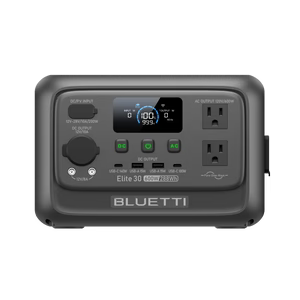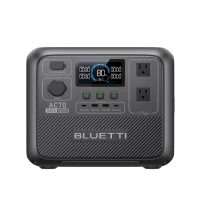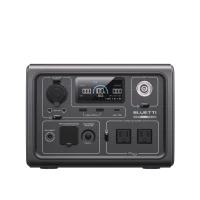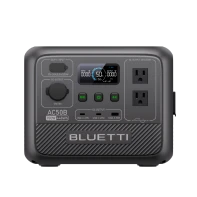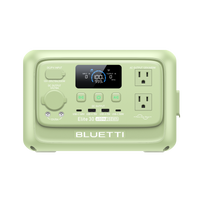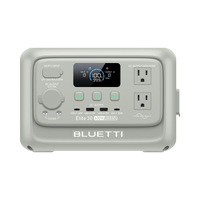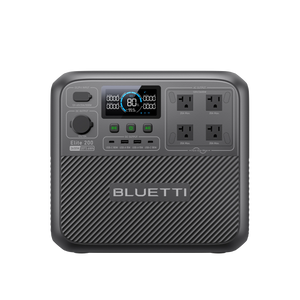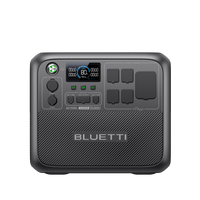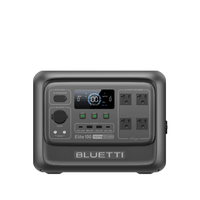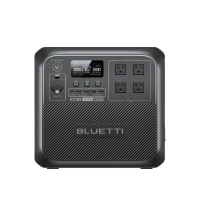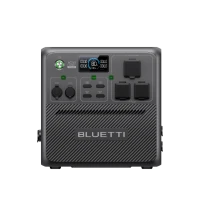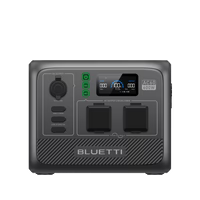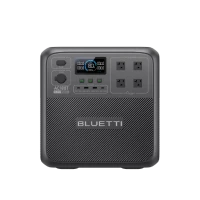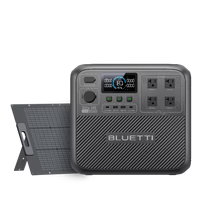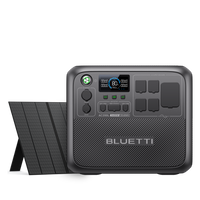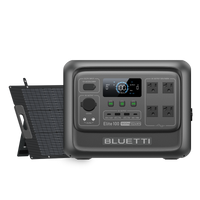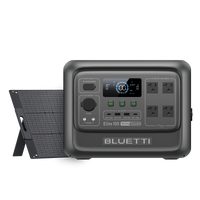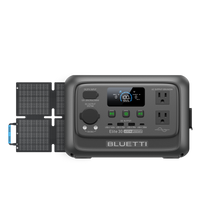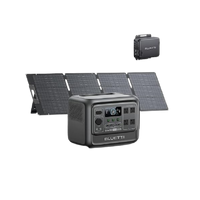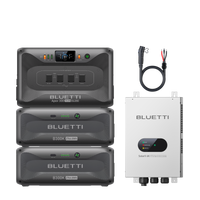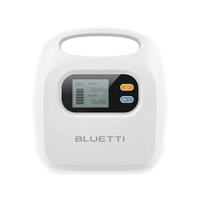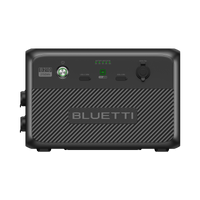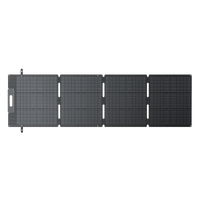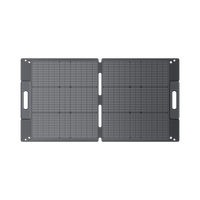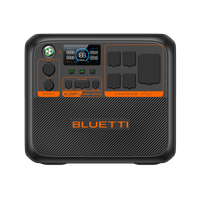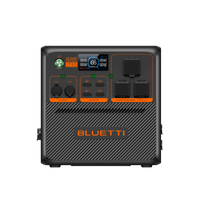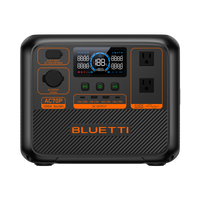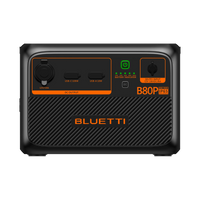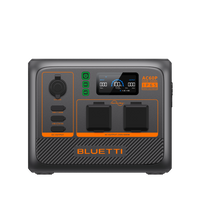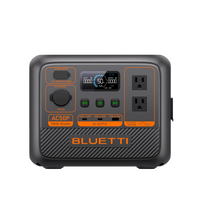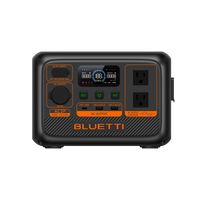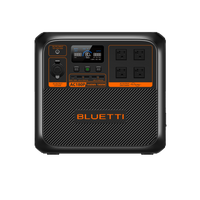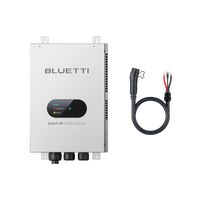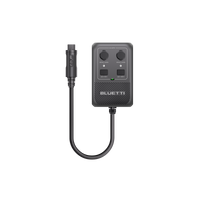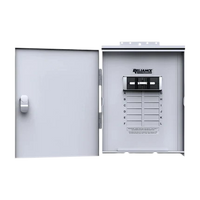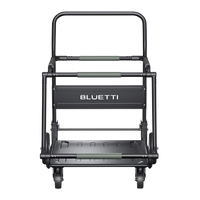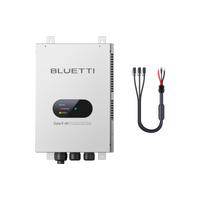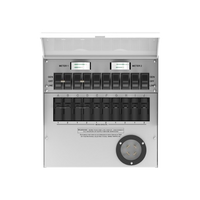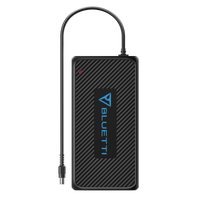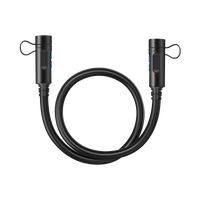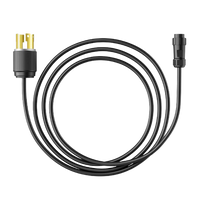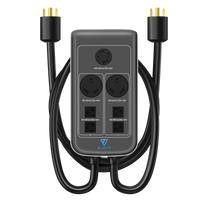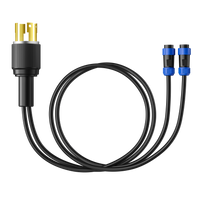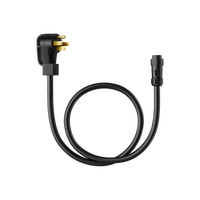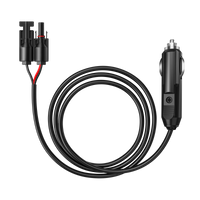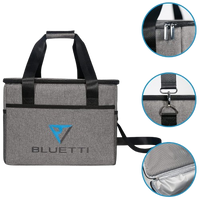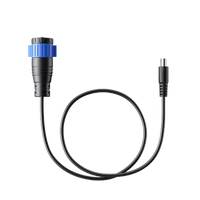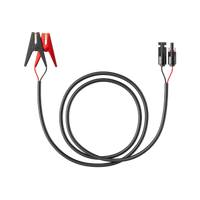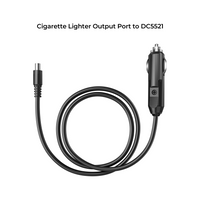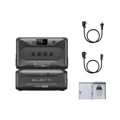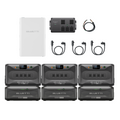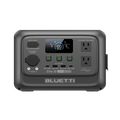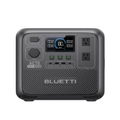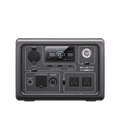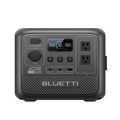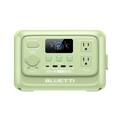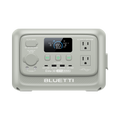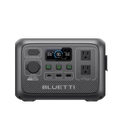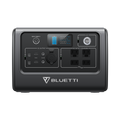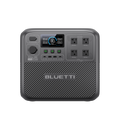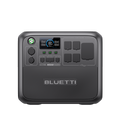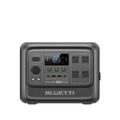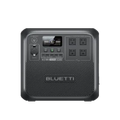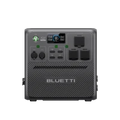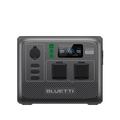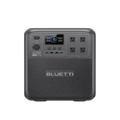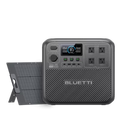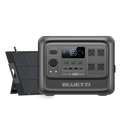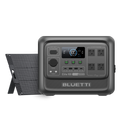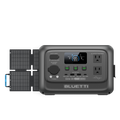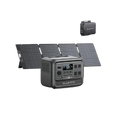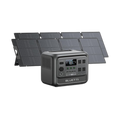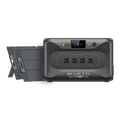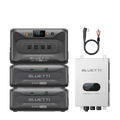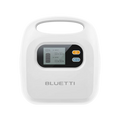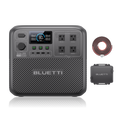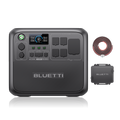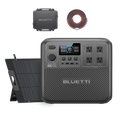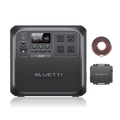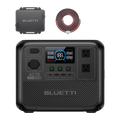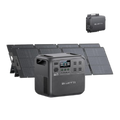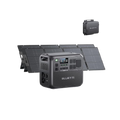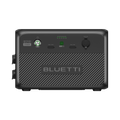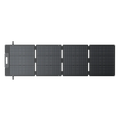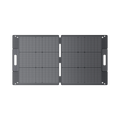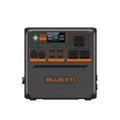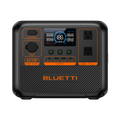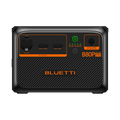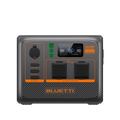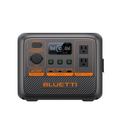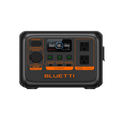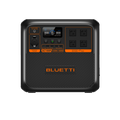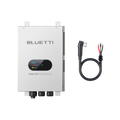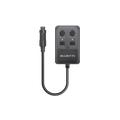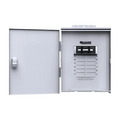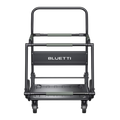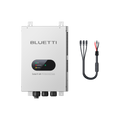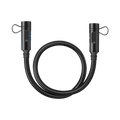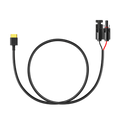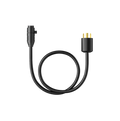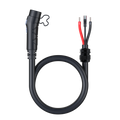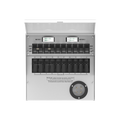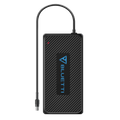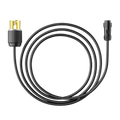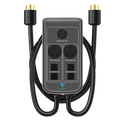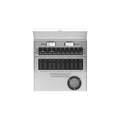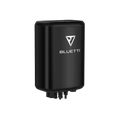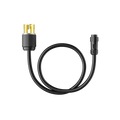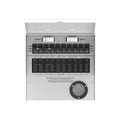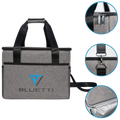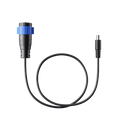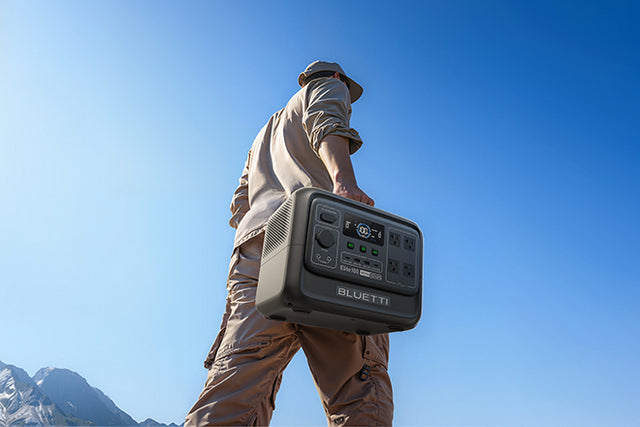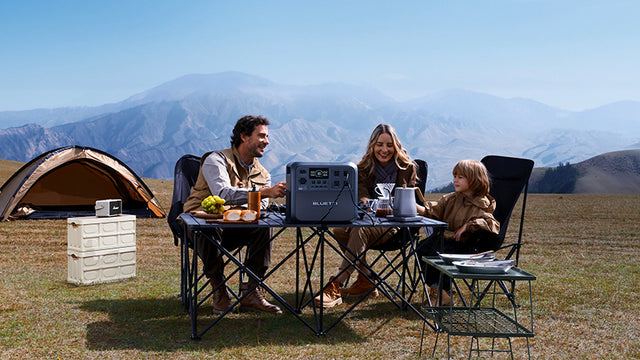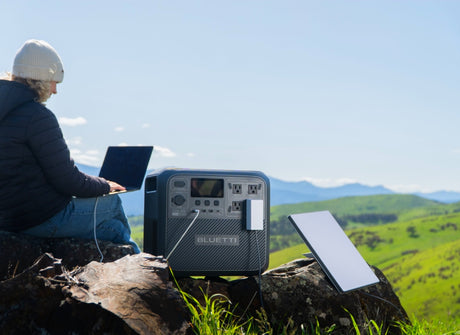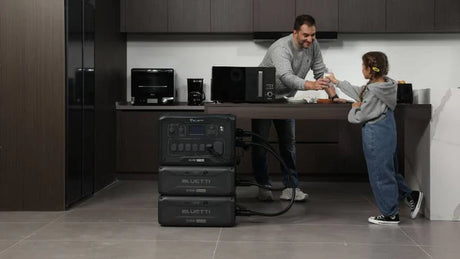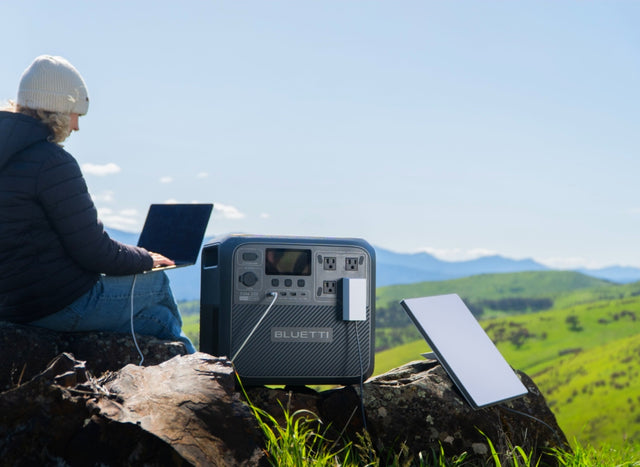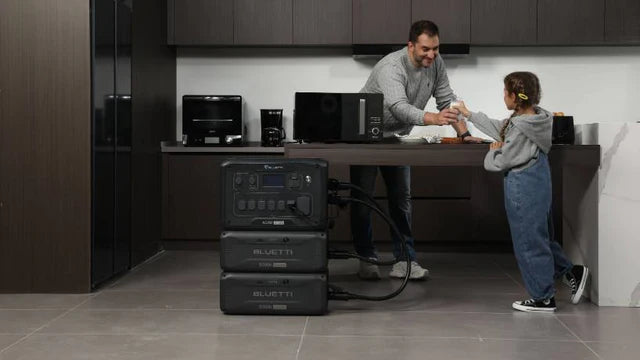The first key step is to understand why flooding is happening more frequently in Toronto before learning how to safeguard your home. If you want to truly safeguard your home, and reduce your risk for potential basement flooding and a myriad of potential risks like sewer backup, you need to know who’s at risk, and what specific steps you can take today. Let’s explore the regions most at risk in Toronto and identify some simple measures you can take to protect your property when the next big rain storm comes.
Why Toronto Floods Are Happening More Frequently
The fact that such events in Toronto happen frequently, with significant events having occurred in 2013, 2018, 2023, is troubling. One major factor driving the trend is climate change, which is causing both a greater frequency and intensity of rainfall. The aging infrastructure, especially the sewer systems in certain areas, cannot keep up with these larger amounts of water flow, which results in more frequent sewage back ups.
In addition, Toronto continued to expand in terms of urban development at an unprecedented rate, further compensating over the amount of permeable soil available for rainwater to infiltrate through. Subsequently this led to a rise in urban runoff that can flood drainage infrastructures and causing flooding in basements in many areas on Toronto
Who’s at Risk? Waterfront Properties and More?
You may think of people in waterfront properties bracing for higher tides when thinking of Toronto flooding. However, the threat goes far beyond the mud and the shore line itself. Some areas like the Don Valley, the Port Lands and lower-lying parts of downtown, are more naturally vulnerable based on their topography.
Even lower-level condos or apartments that are in what are typically dry areas and surprisingly, single-family residences in suburban developments can be heavily impacted by flooding. It’s all a matter of local drainage capacity, the age and condition of local sewer lines and the grading around the home in question,
For a more accurate idea of how prone your home is to basement flooding and other flood-related problems, it’s also a good idea to refer to resources like the Toronto and Region Conservation Authority (TRCA) flood risk maps and official floodplain data from the City of Toronto. They are great tools to give you an idea of potential hazards near you and what actions you can take in the face of those hazards.

The No.1 Issue: Basement Flooding
One of the most common and most costly results of flooding in Toronto is the damage caused to basements. One common culprit is sewer backup, when overloaded municipal systems in heavy rainstorms force waste water back into residential basements. The pressure of groundwater can also put pressure against the walls of the foundation causing it to crack and let water in.
Additionally, when maintenance measures such as a working sump pump or competent perimeter drainage is lacking, flooding can happen. It’s also important to note that while there may not be heavy rain, melting snow in spring can leave the ground saturated, groundwater levels raised and basements flooded.
How to Defend Your Home Before It’s Too Late
Toronto flooding is on the rise and this calls for some proactive steps to protect your home. A strategy of outdoor and indoor defenses can greatly decrease your exposure to flooding and damage in the basement.
Beefing Up Your Outdoor Defenses
The most important job your property’s exterior does is to divert water away from your foundation. Try out these measures to keep your home safe.
-
Start by regularly cleaning your gutters and keeping them and the downspouts free of debris. Obstructed gutters can cause rainwater to spill and pool around your foundation, raising the chances of leaks.
-
For houses with basement windows, window well covers are an incredibly smart investment. These covers protect window wells from rainwater and snowmelt runoff rushing into the window well and inevitably leaking into your basement.
-
Having your yard graded to slope slightly away from the foundation of your home is also important. When you have the right grading, the surface water is not accumulating at the foundation walls but is grading away from the house and draining as it should.
-
You can also help by making sure to shovel snow away from the base of your foundation during the winter to keep melting snow from soaking into the ground around your basement, for another chance to prevent water damage.

Indoor Precautions
Outdoor defenses try to keep water far away, but indoor defenses create critical bunkers if water should approach, and perhaps penetrate, your home.
-
Sump pump with a dependable battery back-up is likely the single-most effective tool in preventing basement flooding. A sump pump is a device that moves water out of a sump pit, which is a hole in the ground that drains water from your foundation. A battery backup that guarantees the pump won't stop working even during outages, which are common during major storms and flooding events.
-
You might want to install a backwater valve on your main sewer line. This device stops city sewage from backing up into your home during heavy rain events when the municipal system is choked with too much volume, and you have an unpleasant and harmful sewer back up.
-
It’s also worthwhile to lift up valuable items, such as appliances and electrical panels, off the floor of the basement, and the practice can help reduce damage caused by flooding.
-
Seal any cracks in your foundation walls and around basement windows against groundwater and surface water. You can get a number of different sealant products that perform this task.
By employing these outdoor and indoor approaches, you’ll be able to dramatically improve the ability of your home to safeguard itself against Toronto floods that are becoming more and more frequent.
Don’t Overlook the Power: Why Backup Electricity Is Key in Flood Zones
Heavy rainstorms that cause flooding are a common cause of blackouts, disproportionately affecting vulnerable areas such as basement units. This loss of electric power can have a dangerous effect that will defeat most of your flood prevention efforts and hazard your welfare as well as your comfort.
One of the most important systems impacted by power outages in a flood is your sump pump. When the power goes out, even the best sump pump in the world is useless and it won't be able to protect your basement from rising groundwater or seeping flood water.
In addition to the loss of your sump pump, power outage affects your most basic household activities. The lights will turn off, leaving you in total darkness, and making it difficult to move around your home safely. If the electricity fails, refrigerators will stop working and food will spoil. Communication devices such as phones and internet routers will all but die, leaving you both isolated from important updates and the possibility of calling for help if need be. Radiant heaters, that are necessary when it gets cold or after receiving a soaking flood, will not work. Power outages can be a matter of life or death for anyone dependent on medical devices.
So, a reliable backup power solution like BLLUETTI AC 300 is key in order to stay prepared in case when flood strikes. It comes with a 3000W pure sine wave inverter (with 6000W surge capacity). With B300K expansion batteries (each with 2764.8Wh), the capacity can be enlarged massively (up to 4x B300K to over 12kWh).
It can power large appliances like your sump pump, refrigerator, microwave and even CPAP machines and space heaters for long periods of time. The AC300 is capable of being charged either via the AC (up to 3000W), the sun (up to 2400W), or a combination of the two, and will function as a 24/7 UPS (uninterruptible power supply) as well.
When Toronto flooding knocks out power, you can enjoy a level of protection that keeps you connected, secure and able to operate important appliances, such as your sump pump, when you invest in a BLUETTI AC300 station.

What To Do If You’re Caught in a Flood
Even if you’re all prepared and ready for Toronto flooding, making sure that you take these quick actions if floodwaters get inside your home is a matter of safety. By following the above recommendations, you will stand the best chance of preventing major damage.
During the Flood
You want to focus on safety first and foremost. Never touch any water in the vicinity of electrical outlets or cords to avoid a deadly shock. If it is safe to do so (for example, without standing in flood water), you can also turn off your main electrical panel to reduce the risk of electrical hazards.
Never drive or walk into flooded streets. Even water that looks shallow can be deceptively treacherous because of undercurrents, secretly lurking debris and possible contamination. If evacuation is necessary, do not evacuate, wait for emergency service and obey their commands.
After the Flood
When the waters have abated, be extremely cautious. Use protective clothing, such as rubber gloves and boots, and wear masks when dealing with floodwater, which can be contaminated with sewage, chemicals and other health risks. Document all damage thoroughly with photographs and videos before you begin any cleanup.
Documentation that you gather will be important in your insurance claims process. Start the drying process as quickly as you can, and use dehumidifiers and fans to avoid mold. Report the damage to your insurance company and find out what is covered.
You can also call the City of Toronto at 311 to report the flooding. Clean and disinfect everything that has been in contact with flood water to reduce the risk of bacteria and disease.
What Toronto Is Doing To Combat Flooding
Toronto flooding is becoming an increasing problem with climate change, aging infrastructure that can cause sewer back-ups, and more and more runoff from development leading to a regular occurrence of basement flooding. Low-elevation areas and suburban homes are at risk.
Homeowners can protect themselves outdoors by cleaning out eavestroughs and ensuring yards slope away from the foundation, as well as taking steps inside like installing sump pumps with battery backups and backwater valves.
Back-up power for critical systems like sump pumps may be essential during flood-related power outages. The city is taking steps to mitigate the problem through public infrastructure capital projects, sewer separation, green infrastructure as well as the Basement Flooding Protection Subsidy Program.
How to Be Prepared for a Flood, at Any Time of the Year
Being prepared for Toronto flooding is not something that begins and ends with the weather report, it’s a year-round commitment. A key first step is to register for Environment Canada flood alerts and weather warnings. This will give you some timely knowledge about possible risks, so you can take the necessary measures in due time.
You’ll also want a well-stocked emergency kit and an easy-to-grab emergency flood bag. This kit should contain some basic supplies such as non-perishable food and water, first aid supplies, flashlight, batteries, and any given medications. A flood bag should have copies of important documents, a change of clothes and other essentials that you might need if you had to leave your home quickly.
If you’ve splashed out on backup power solutions, like a BLUETTI AC 300 power station – make sure it’s charged. You’ll have extra peace of mind knowing you have a dependable power source for your sump pump and other essentials in the event of a power outage.

Additionally, keeping your document safe from water damage is another key element. Keep birth certificates, insurance policies and other important papers in watertight bags or containers. Finally, spend time building a family flood evacuation and communication plan. Choose a place outside of the home for everyone to meet if you need to evacuate and make sure all family members can get there.
Create a plan for how family members can communicate if they are separated in a flood. Finding ways to make them a part of your everyday activities can make a huge difference in the safety of your family in the event that Toronto happens.
Frequently Asked Questions
-
How come the flooding in Toronto is happening more often?
Climate change that is bringing heavier rain, aging infrastructure that is causing sewer backups and more urban runoff are the leading culprits.
-
Who is most vulnerable to flooding in the Toronto area?
Although low-lying areas are at risk, basement units, ground-floor condos, and even suburban houses are susceptible.
-
What is the number one reason for flooding in Toronto homes?
The most common problem is water in the basement from sewer backups, water pressure and failed sump pumps.
-
How can I make sure my Toronto home is safe from flooding?
Clean out gutters, improve yard drainage, add a sump pump with a battery backup, and think about a backwater valve.
-
My house in Toronto flooded. What now?
Focus on safety first, don’t touch electrical equipment, document damage, reach out to your insurance company and contact the city.






